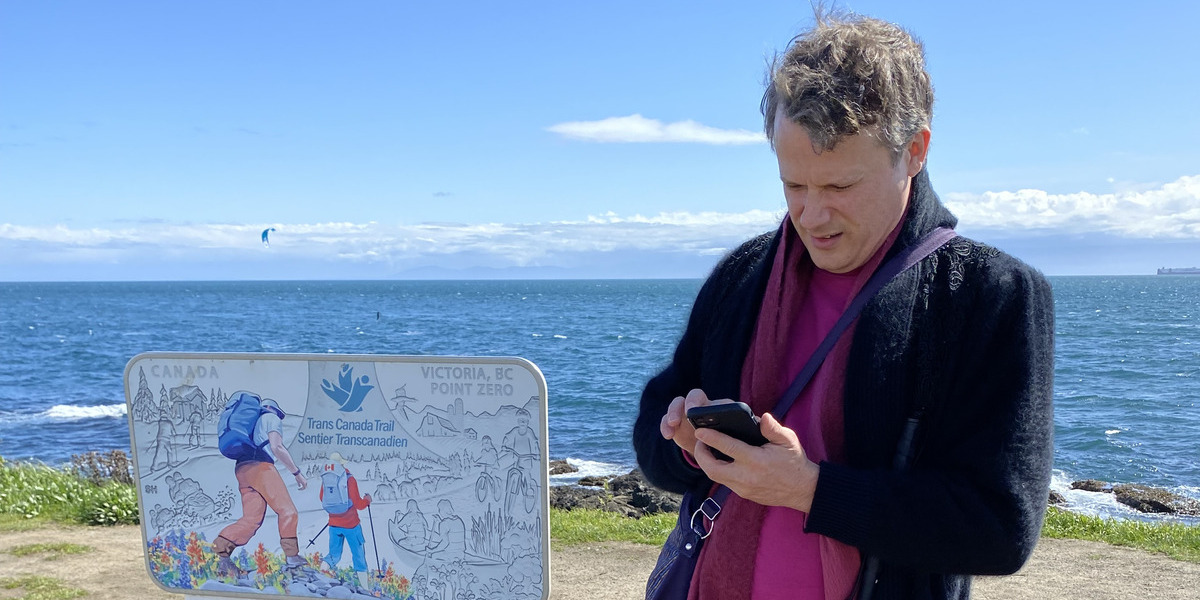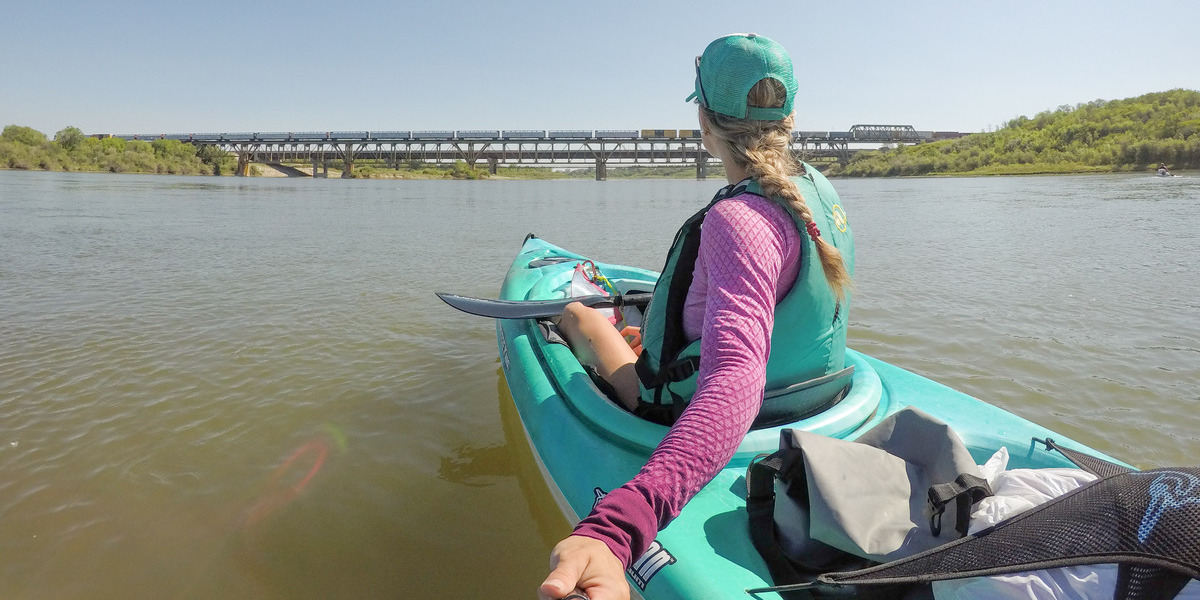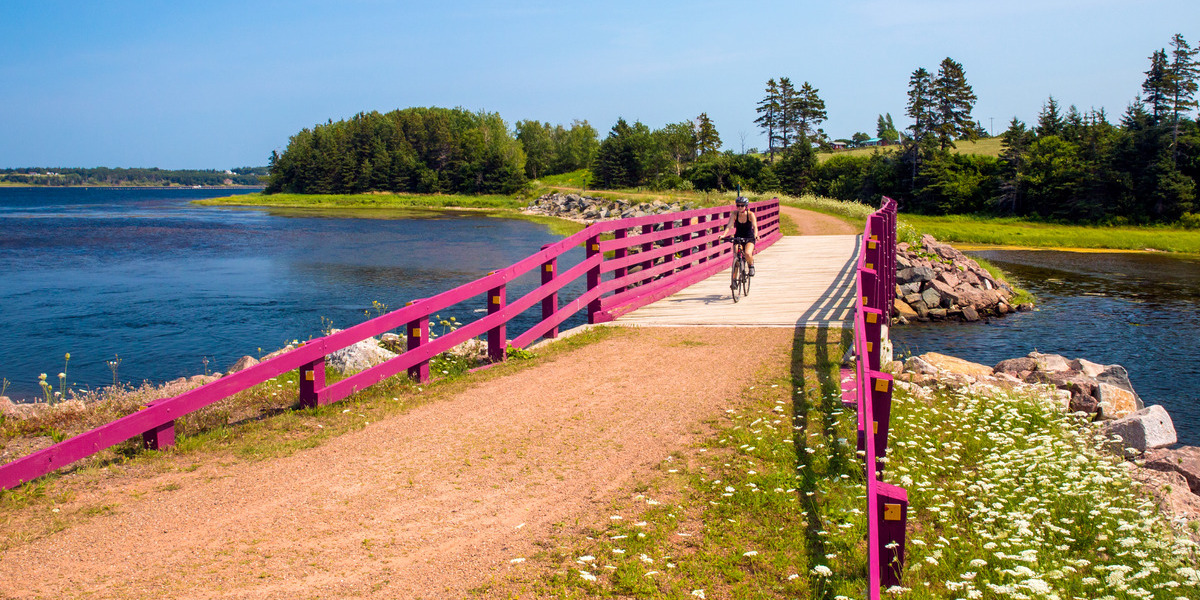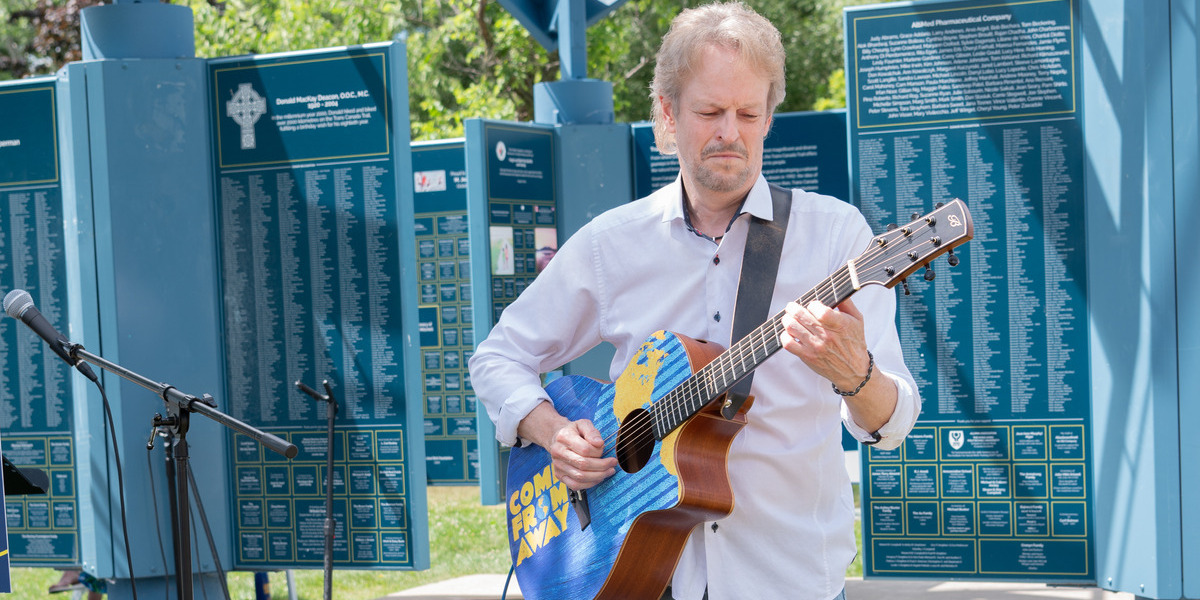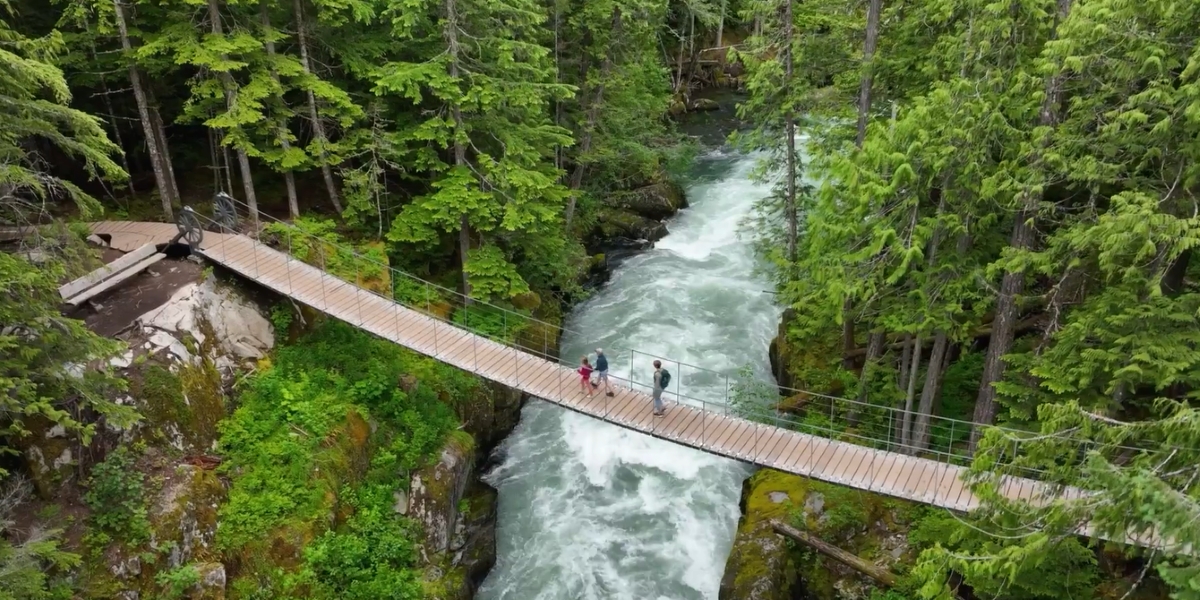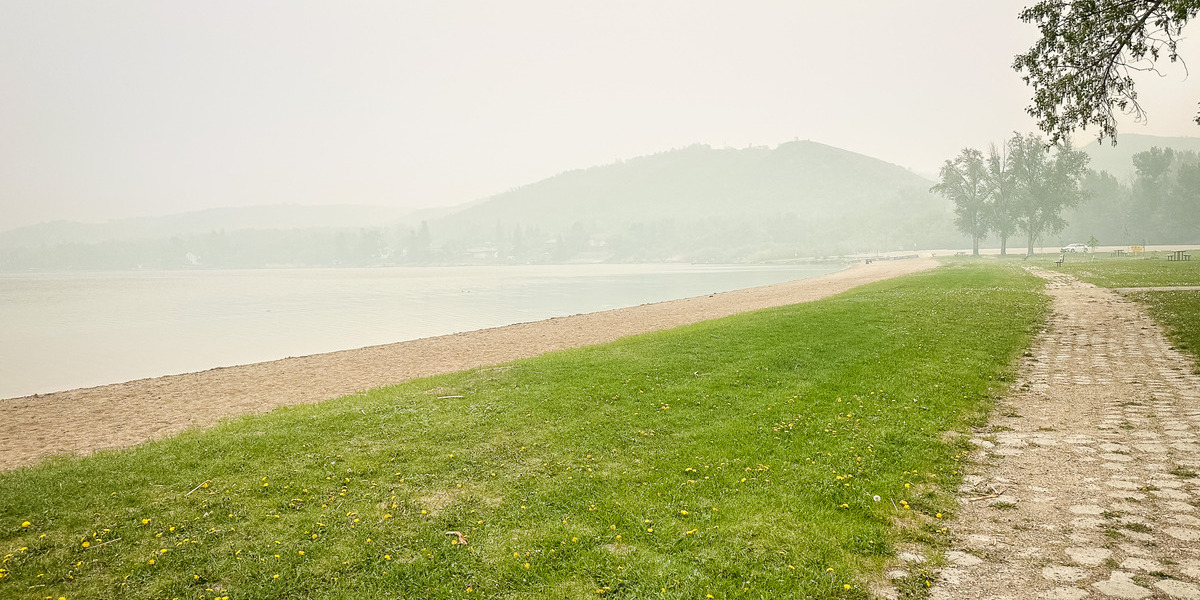Charming Chambly and Its Bike Paths

Written by Claude Plante, translated from French
Everybody loves Chambly. This gem of Quebec’s Montéregie region has a lot going for it — starting with its geography. The Richelieu River pauses here to form a navigable lake, just after a section of energetic rapids.
Cyclists are also quite charmed by Chambly. Three major bike paths, two of which are part of the Trans Canada Trail, connect here.
All the way to Saint-Jean-sur-Richelieu and beyond
One of these bike paths is the Lieu historique du Canal de Chambly Trail, which leads to the town of Saint-Jean-sur-Richelieu, 20 kilometres away.
This section of the Trail alternates between paved sections and gravel. Along your route, you can watch the boats navigate the Chambly Canal from lock to lock. This Trail section also links up with the Montérégiade, another trail on Quebec’s Route Verte cycling network, also part of the Trans Canada Trail.
Foodies will love the Véloroute gourmande, a 235-kilometre circuit on the Trans Canada Trail, which also intersects with the Route Verte, linking Montreal to Sherbrooke in the Eastern Townships. The Trail is dotted with numerous rest stops, accommodations and other attractions — including cafés, wineries and much more.
Cycling routes on the South Shore of Montreal
The Montée du chemin de Chambly, also part of the Trans Canada Trail (called the Ville de Longueuil Trail), takes cyclists from the South Shore of Montreal, in Longueuil, to Chambly via the city of Carignan.
Also on the South Shore, you’ll find La Riveraine, part of which is on the Trans Canada Trail, a cycling network running along the majestic Saint Lawrence River, offering breathtaking views of Montreal, its port, the Biosphère and La Ronde.
Discover the Montérégie region

The Chambly region is renowned for its locks, which allow boaters to reach the Richelieu River basin. Photo credit: Tourisme Montérégie.
Chambly is also the starting point for La Route des champs. This charming, paved cycle path, built on an old railway line, provides a magnificent link with the Eastern Townships. After 40 kilometres of cycling through the orchards and farmland of the Montérégie region in complete tranquillity, you arrive in the city of Granby, where the La Montérégiade and l’Estriade trails meet.
All three stretches are generally appropriate for all experience levels; the Lieu historique du Canal de Chambly Trail, the Montée du chemin de Chambly and La Route des Champs are relatively flat and accessible to most cyclists.
The Montée du chemin de Chambly alone was visited by 123,000 cyclists in 2023, according to an estimate by La Route Verte. These three cycle paths meet at Parc des Ateliers in Chambly, where you’ll find rest areas, a market selling local produce in the warmer months, and parking options.
Over the past few years, the city of Chambly has added paved sections to its network, improving the cycling experience and taking bike paths off-road, away from cars.
Explore the Chambly Canal National Historic Site

Visit the famous Fort de Chambly, a historic site that is easily accessible to cyclists. Photo credit: Tourisme Montérégie.
In addition to the plentiful cycling options in the area, you can also dive into the heart of the history of this region: the Chambly Canal National Historic Site, overlooking the Richelieu River, is easily accessible for cyclists. The fort was a strategic site in Canada’s defence system during the colonial era.
Wooden forts were erected here during the wars between the French and the Iroquois in the 17th century. Later, the fortification served to protect New France from the British threat between 1709 and 1711. During the War of 1812 between the British and the United States, the British used it to repel the American invasion.
You can also immerse yourself in the region’s rich history by cycling along the famous 20-kilometre canal. This river link between Chambly and Saint-Jean-sur-Richelieu was built between 1835 and 1843. The waterway, which was conceived of in the late 18th century, had as its purpose to transport materials like wood and coal from the United States to the Saint-Lawrence River. It became accessible to pleasure boating in the early 1970s.
Nine locks are still in operation and managed by Parks Canada. The Chambly Canal was designated a National Historic Site of Canada in 1929. Bridges linking the two banks have been built and modernized, and many fishermen cast their lines in the canal.
Local restaurants, cafés and great views

In Chambly, several businesses await tourists, particularly cyclists, of whom there are many. Photo credit: Tourisme Montérégie.
After visiting the Fort of Chambly, head to Avenue Bourgogne, where you’ll find a wide variety of shops. Several local bars and restaurants can be found along the Parc de Fréhel cycling path, offering up views of the marina and the boaters on the water.
Whether you’re a cycling enthusiast, a history buff or simply an epicurean, Chambly promises an unforgettable experience. It’s a must for your next getaway!
Discover Chambly on our interactive map
For the past 30 years, Claude Plante has been exploring cycling paths in Quebec and elsewhere in Canada. His adventures have led him to become a columnist under the name “Cycliste du dimanche,” sharing his discoveries on social media. A career journalist, he worked at La Tribune de Sherbrooke for 30 years, and now works with the team at 107.7 Estrie (Cogeco Media), as well as writing for various organisations.
Follow him on Facebook @LeCyclisteduDimanche


